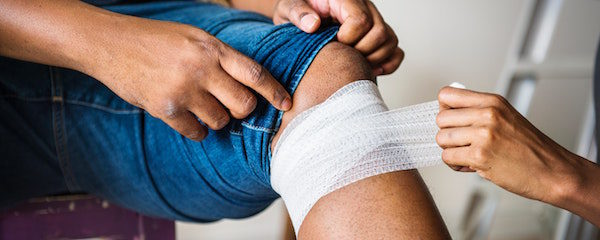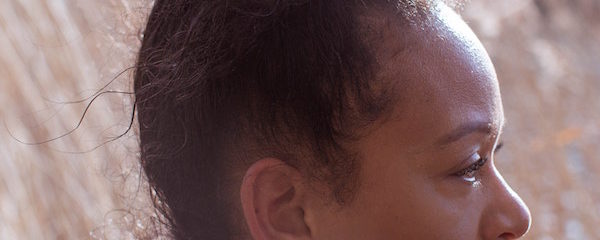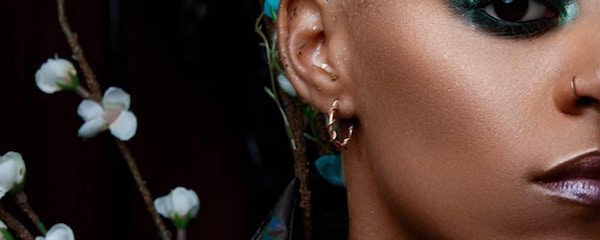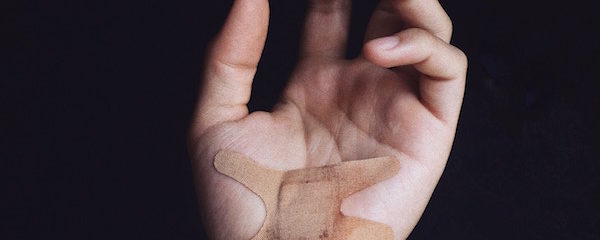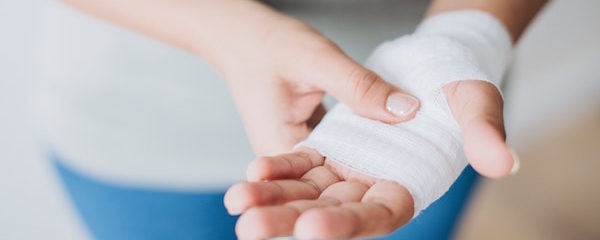How Does a Wound Heal? A Brief Guide November 15, 2021 – Posted in: Informative, Piercing Advice – Tags: how to heal a wound, piercings aftercare, saline solution, tips, wound heal
How wounds heal highlights:
- A wound will appear healed on the outside before it has fully healed internally.
- The first few days after getting a wound or a piercing, your body is focused on protecting the wound rather than healing it.
- The main difference between a piercing and a wound is the formation of the piercing tunnel, which is why piercings take much longer to heal than a standard wound.
The process of piercing aftercare is designed to help your body along the path to healing. But, piercing aftercare can only be effective if you know why your body reacts the way it does and how it’s healing.
The human body offers a pretty amazing system when it comes to healing a wound. The moment that it detects an injury, your body jumps into action to ensure its survival. Some of these symptoms—swelling, bleeding, and oozing clear liquids—seem alarming, but they occur in order to protect your body as it heals.
Here’s how minor wounds heal.
A brief overview of the healing process
Depending on your immune system, the size and location of the wound, and genetics, the specifics of the healing process can vary from person to person. Some wounds will take longer to heal than others, and certain disorders, such as hemophilia, prevent key portions of the healing process from occurring.
Luckily, barring any major disorders, healthy bodies run like well-oiled machines, and you can count on a step-by-step healing process after any minor wound.
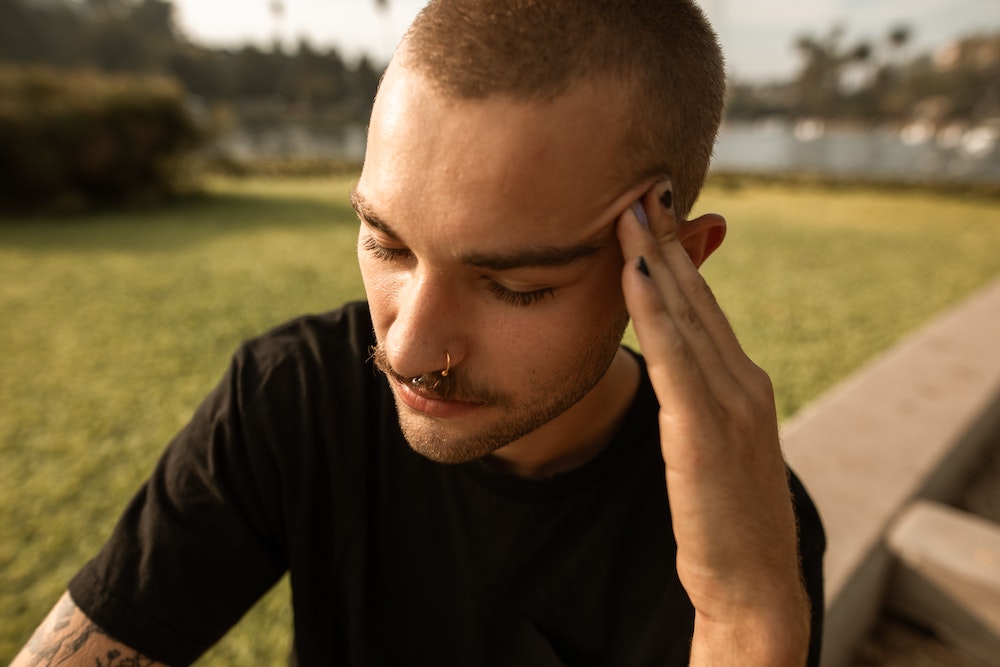
Photo by Mental Health America (MHA)
The first few seconds: your body closes the wound
When your body is injured (including a piercing), it immediately jumps into action. Two things will happen in the first few minutes of your injury:
- The blood begins to clot within the first few seconds of receiving the injury.
- Within minutes, a scab will form over the wound, protecting internal tissue from harmful bacteria that can cause infection.
While not all wounds will bleed, bleeding often occurs in piercings, especially those found in fleshier areas, so you need to be prepared for some initial scabbing. If scabbing should occur, let it be. These first steps are imperative so that the body can conduct its next self-protective steps.
The first few days: your body protects itself from attack
Once the blood clots over the wound to keep the damaged tissue free from germs and prevent further bleeding, it allows the body to begin flushing the wound of harmful bacteria. A few things will happen during this process:
- The blood vessels will open, rushing blood to the area, which will bring oxygen and other helpful nutrients to the wound.
- The rush of blood will cause swelling, redness, and tenderness.
- White blood cells will work to heal the area.
- You might see clear, white liquid oozing from the wound, but it’s part of your body’s healing process; it serves to flush harmful substances from the wound.
In the first few days of your piercing, especially if it’s in a fleshier area like the belly button or eyebrow, these symptoms might seem concerning, especially if your piercing starts oozing. However, these symptoms should be celebrated; it’s a sign that your body is doing its job.
The next few weeks: your body heals itself
Once your body has protected itself, it begins to stitch itself back together internally. It will begin to repair blood vessels, and new skin and tissue will form. This is where normal wounds and piercings differ. In normal wounds, the body will begin to heal itself beneath the scab, while in piercings, the jewelry causes your body to form a piercing tunnel instead.
This is why your piercing will appear healed on the outside before it has fully healed internally. Piercings heal from the outside in, and the new tissue will meet in the middle to form the piercing tunnel. Untrained eyes will not be able to tell if the piercing tunnel has fully formed, but your piercer will. It’s always important to have a piercer confirm that your piercing has fully healed before you stop aftercare practices.

Photo by Matheus Bertelli
Things to keep in mind for a healing piercing
When you have a new piercing, you’re essentially inflicting a controlled wound upon your body. Because of this, you’ll be interrupting portions of your body’s natural healing process in order to keep your new piercing. This is part of what leads to piercing complications down the line, so it’s important to understand why your body reacts the way that it does to your new piercing in order to avoid scarring, infections, and other issues.
Your body won’t like the new jewelry
If you’ve ever had a deep splinter, you’ve probably seen your body push it out itself during the healing process. This trick is designed to protect us from foreign substances wreaking havoc on our systems, but it causes issues when it comes to new piercings.
Your body’s first instinct will be to push the jewelry out of your body, like it does with a splinter. This is why you see piercing migration and rejection. Your job is to let your body know that the jewelry is supposed to be there. Here are some ways to avoid jewelry rejection:
- Use APP-approved metals.
- Make sure that your jewelry is the right size.
- Make sure that your piercer places the piercing properly.
As the piercee, the best way to ensure that your piercing won’t reject is by choosing a reputable piercer. View our guide to finding a proper piercer here.
Your piercing heals a little differently than a wound
In a standard cut or scrape, your body works to heal the skin so that it (almost) looks the same as it did before. With a piercing, the goal is different. You want your body to heal so that a small puncture wound remains.
Because you won’t necessarily have the scab completely covering the new wound as it heals, oozing discharge that typically occurs beneath the scab will ooze from the piercing hole instead. This will lead to more crusties around the piercing site that won’t be very aesthetically pleasing. You’ll be tempted to clean those off, but cleaning the crusties can do more harm than good.
If the crusties really bother you, you can soak them in a saline solution, softening the crusties so that they can be gently wiped off.
When should I see a doctor?
Your body is pretty amazing at healing itself. However, some of the healthy symptoms of healing, such as the initial swelling, look similar to symptoms of more significant issues. It’s difficult to know which ones are signs to ignore and which beg for a doctor.
Here are some signs that you should consult a doctor:
- You see excessive bleeding, swelling, or tenderness. These are signs of healthy healing, but if they become unbearable, then it could signal a larger issue.
- You develop a fever. A fever is another of your body’s defense mechanisms, but when it comes to a wound, a fever is never a good sign.
- If you have any doubts, please see a medical professional. It’s much better to waste a day in the waiting room than having to visit the ER later down the line.
In order to start the journey toward successful healing, it’s important to understand what your body is doing so that you can help it along the process. Throughout healing, keep an eye on its progress, and be sure to continue aftercare practices through the entire healing process and not just when it looks healed to you. Remember that there’s an entire healing process occurring internally that you can’t see.


